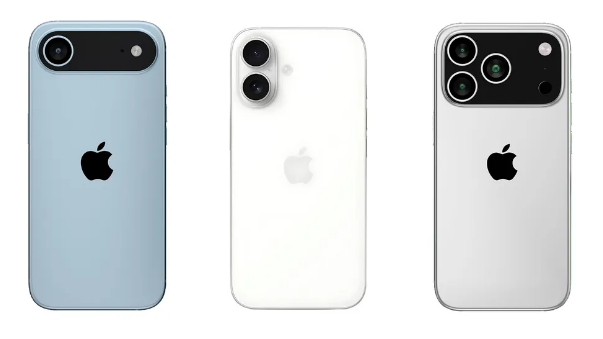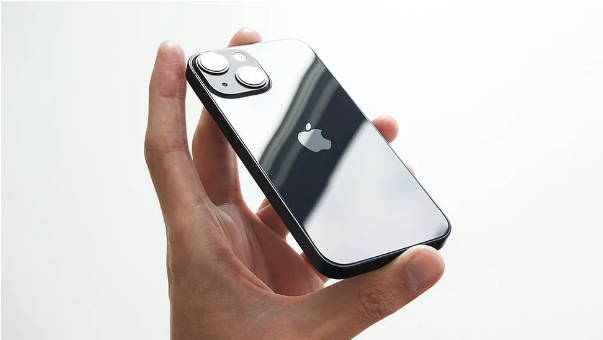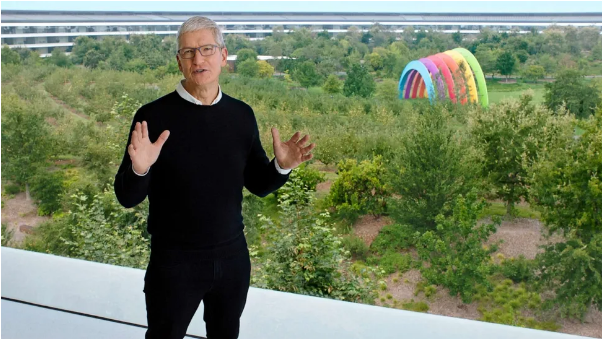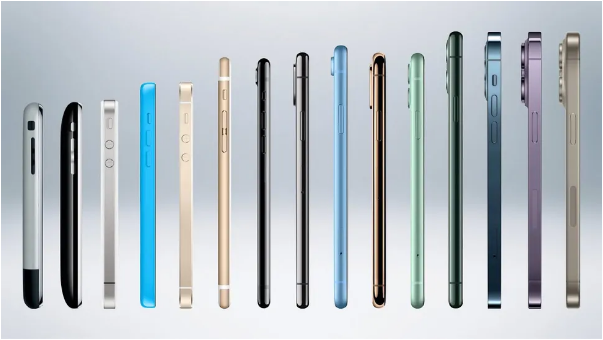Apple is unveiling the iPhone 17 lineup today, but there’s at least one person who won’t be tuning in—and yes, it’s me. As someone who’s been a longtime Apple follower, I’ve religiously watched their keynotes for the past five years, even covering them live for Creative Bloq. But this year, things are different. In 2025, I’m stepping back, and I have three clear reasons why.

We already know almost exactly what Apple will announce today. Let’s be real: the cameras will improve, likely topping our best camera phone lists. The rumor sites have spilled every detail, from sizes to accessories. And to me, all signs point to one thing—the golden age of smartphones is behind us. Here’s why.
01. Bigger isn’t always better
I’m not sure when the industry decided that phones should be so large you need three hands to use them. As someone with smaller hands, I was thrilled when Apple released the iPhone 12 mini back in 2020. But after just one more model—the 13 mini—the line was axed due to low sales.I firmly believe the iPhone 13 mini was the last great iPhone, and I’ll stand by that. It’s a phone that fits comfortably in your pocket. A phone you can use with one hand. It doesn’t try to double as a portable movie theater. It feels like the last iPhone designed for real life, not for screen addiction.

There was a brief hope that small phones might make a comeback. Rumors swirled about an ultra-thin “iPhone 17 Air.” But then we learned it would actually be larger than the standard model, with a 6.6-inch display. So it’s official: big phones are here to stay, and they’re only getting bigger.
Today, instead of watching the launch, I bought a refurbished iPhone 13 mini. It’s my quiet protest—one I’m sure future generations will admire.
02. Prerecorded events lack soul
When the pandemic hit in 2020, Apple switched from live keynote events to polished, prerecorded videos. These productions are slick—perfect lighting, flawless presentations, and seamless editing. But they’ve lost the human touch of the old live events. There’s no sense of risk, no chance for a demo to go wrong.Five years later, Apple is still using the same overly polished format. It’s hard to get excited about another ultra-HD video of Tim Cook saying “Good morning,” followed by Apple executives listing specs in front of imaginary screens.

It’s ironic—by using the same formula year after year, Apple’s launches themselves feel as predictable as the iPhones they’re promoting. Which brings me to my final point…
03. Everything feels the same
After the iPhone 16 launched, I wrote that the tech industry has run out of ideas. The last real “iPhone moment” that changed everything was arguably the original iPhone in 2007. Since then, we’ve seen new product categories like the Vision Pro and countless AI gadgets, but nothing has truly reshaped our daily lives. Meanwhile, the iPhone keeps getting minor updates.Let’s be honest: most people don’t need to upgrade their phone every year. There was a time when each new iPhone brought enough innovation to tempt even recent upgraders. But now, aside from slight camera tweaks, an extra button, or a larger screen, it feels like innovation has plateaued.

Maybe the iPhone 20 will surprise us. But for now, I’m perfectly happy with my mini—and my decision to sit this one out.




